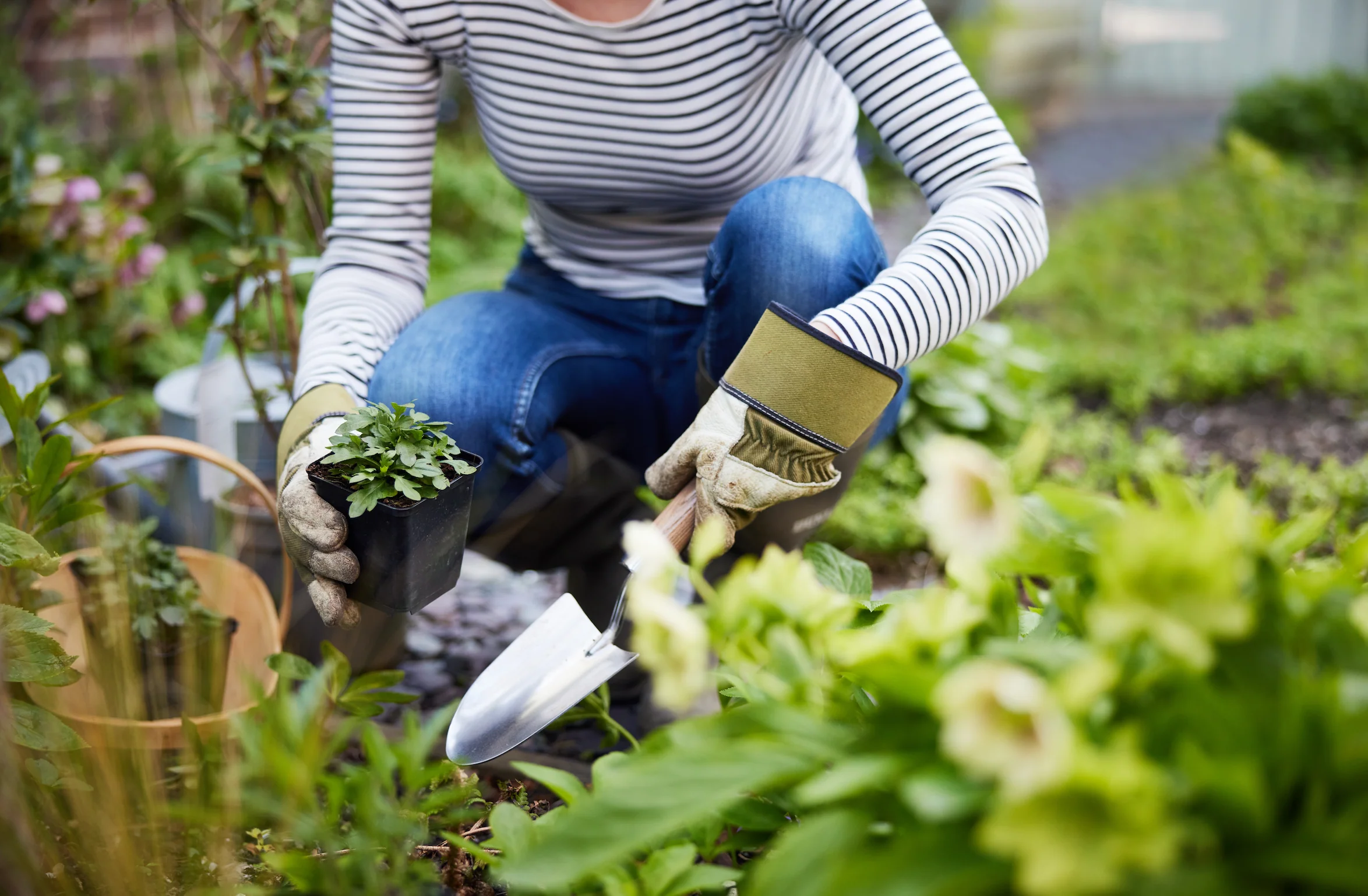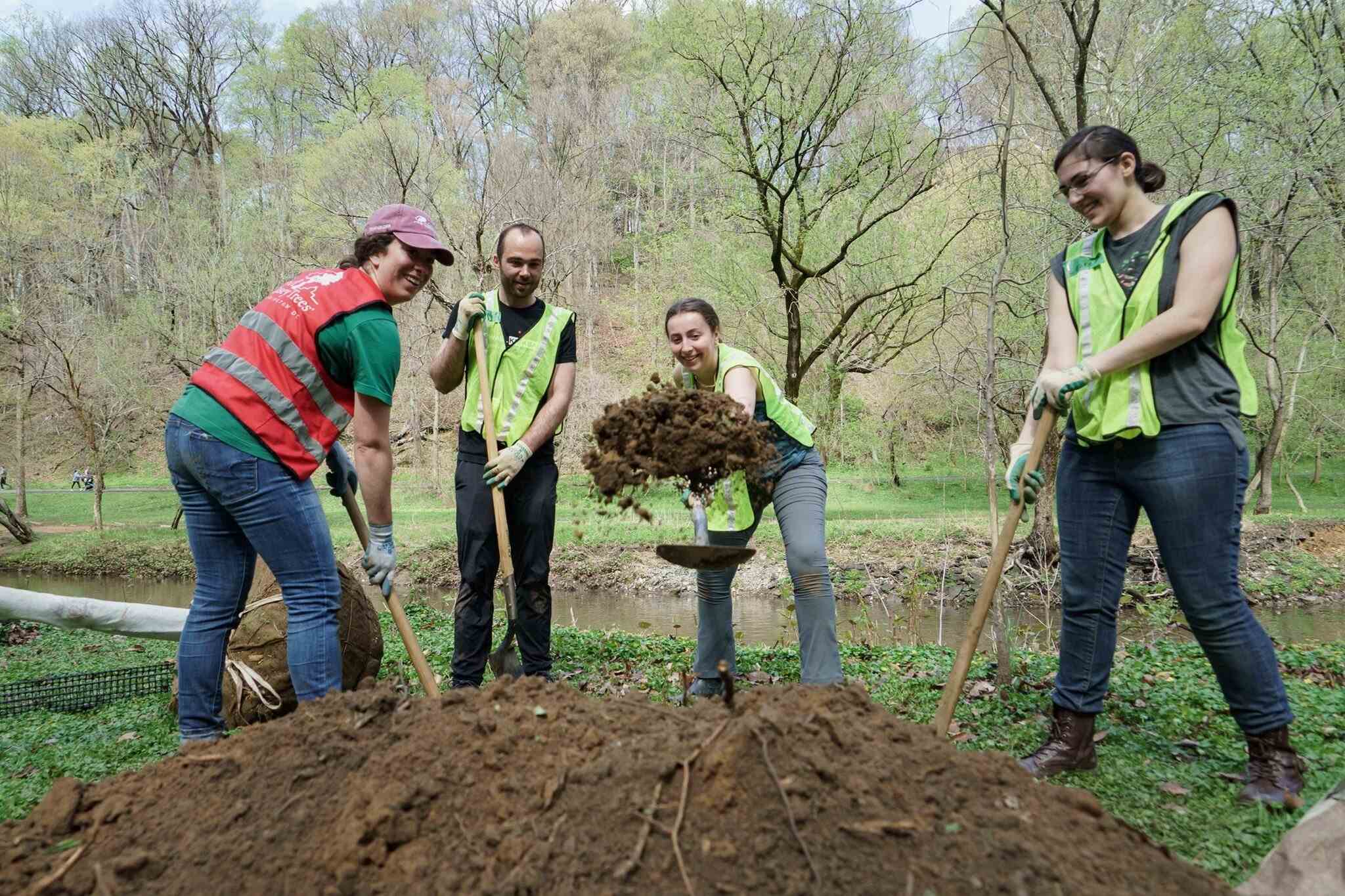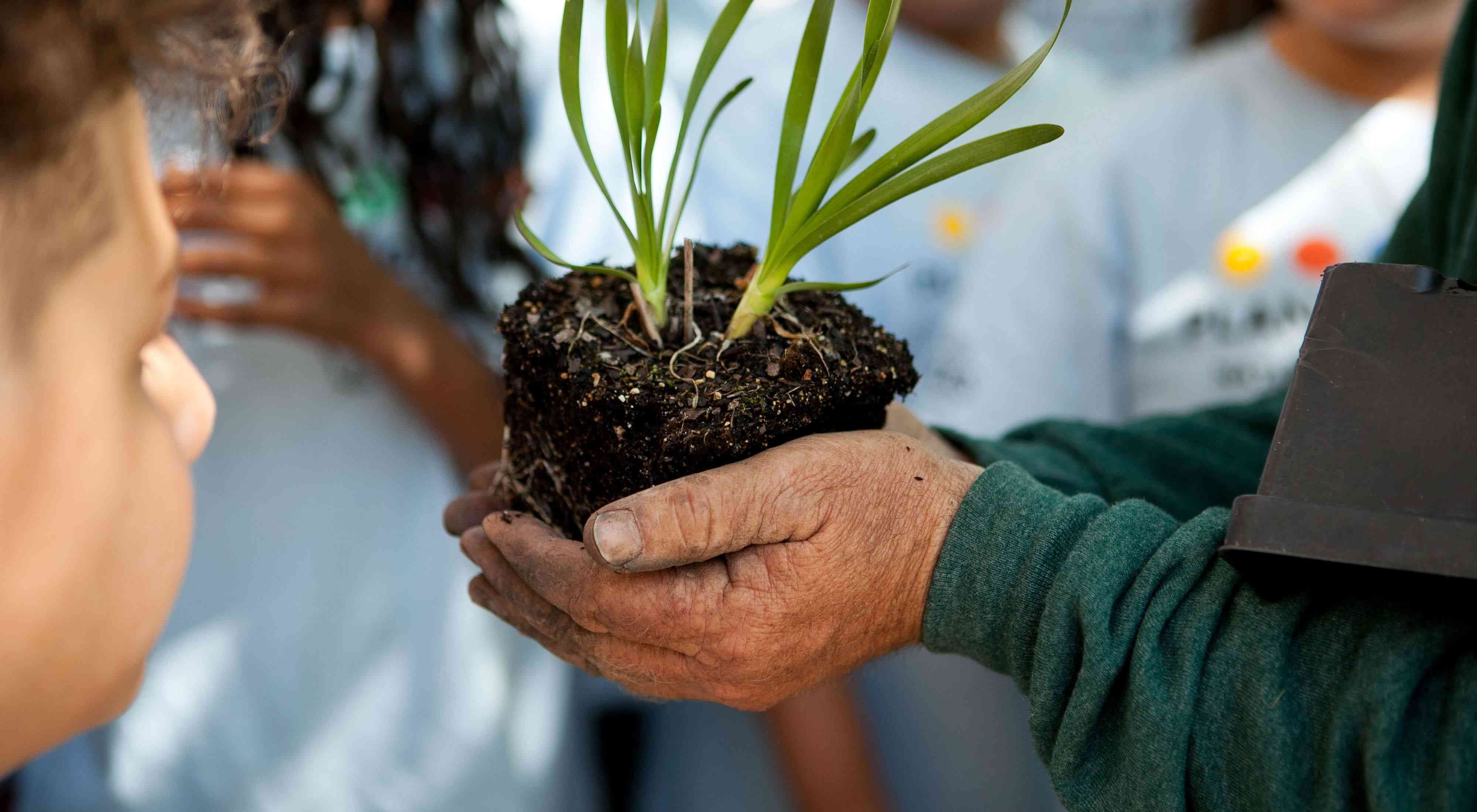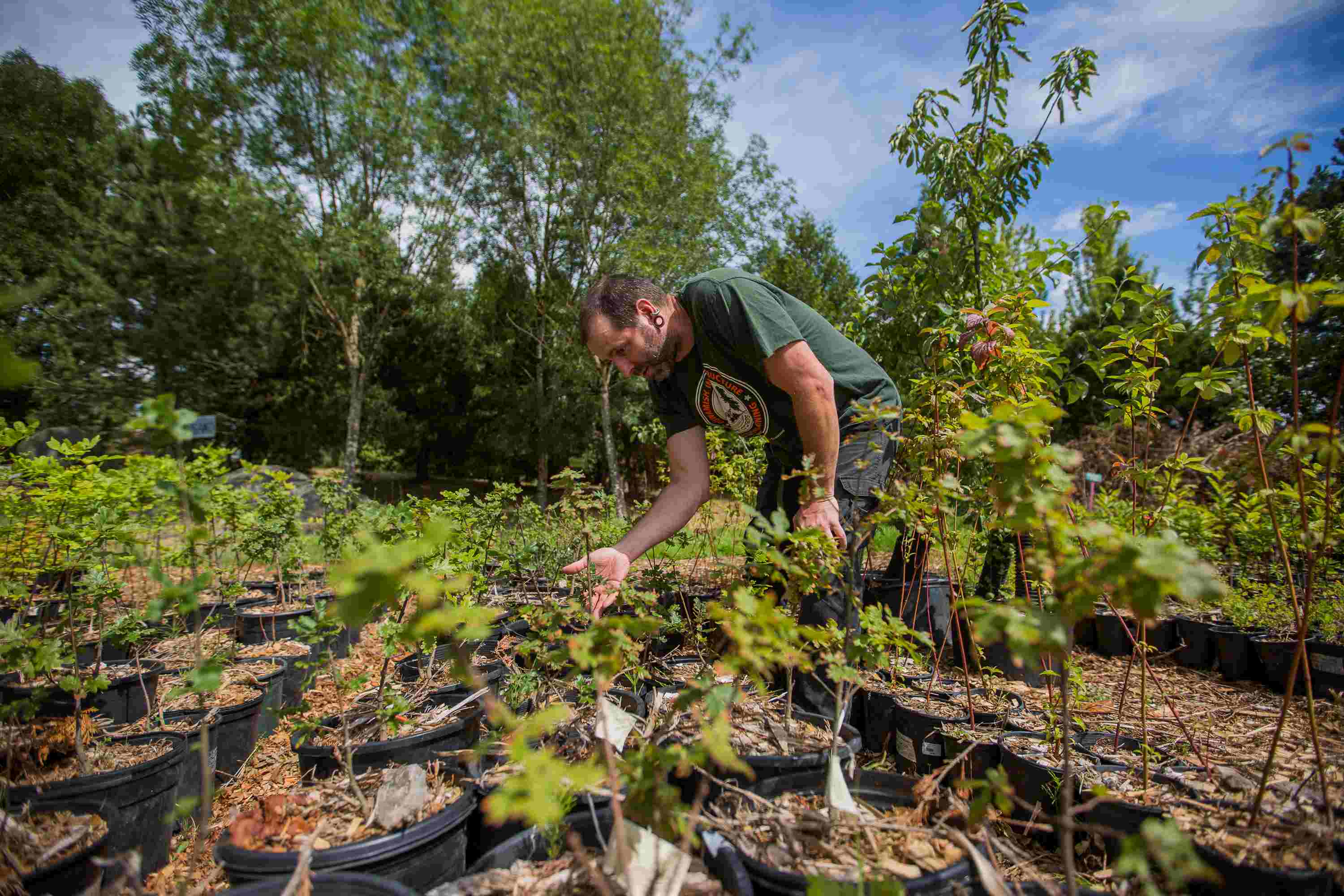Home>Gardening Basics>Understanding Soil>What Planting Zone Is Pennsylvania
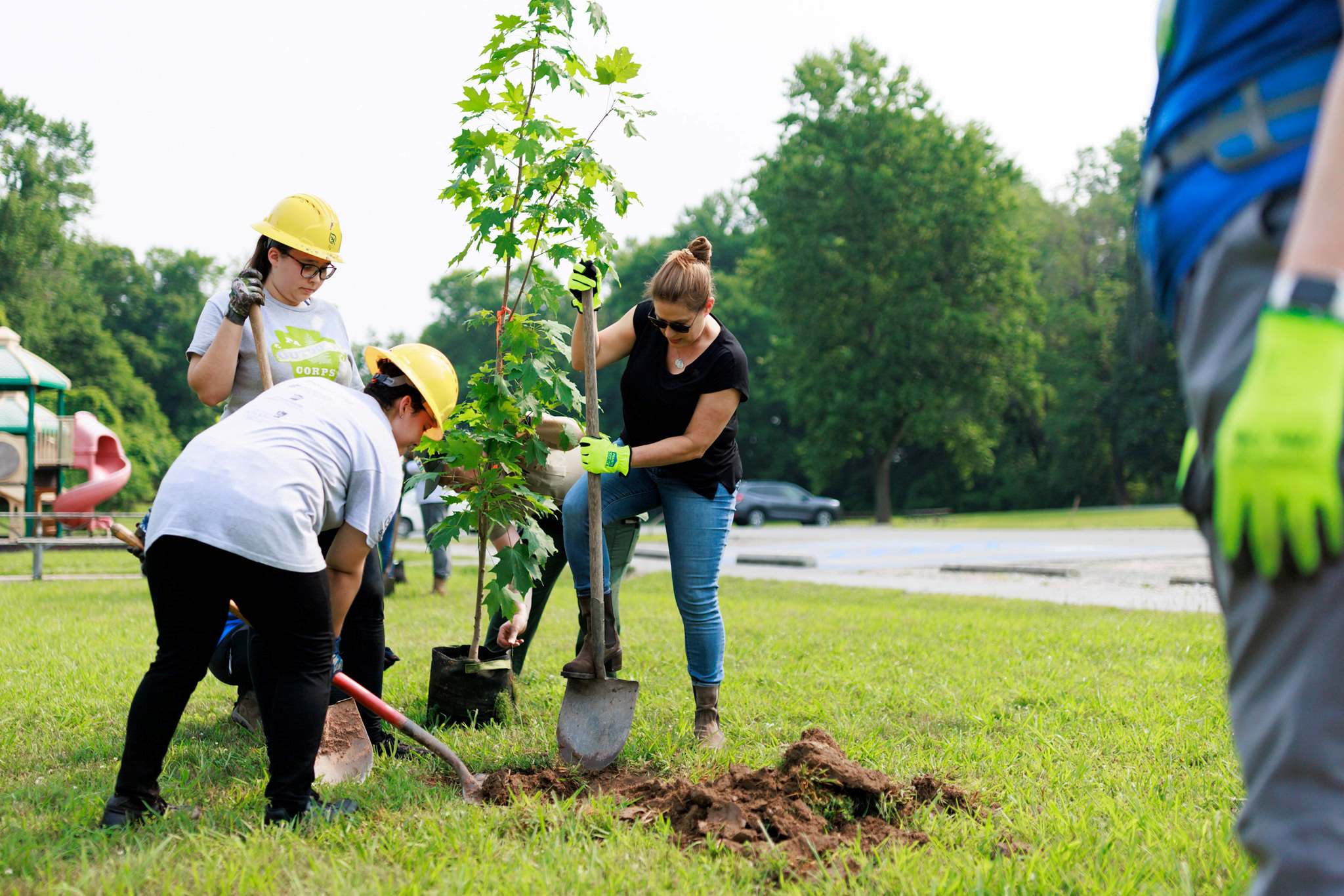

Understanding Soil
What Planting Zone Is Pennsylvania
Modified: January 22, 2024
Learn how to properly understand soil and determine the right planting zone for Pennsylvania in this helpful guide.
(Many of the links in this article redirect to a specific reviewed product. Your purchase of these products through affiliate links helps to generate commission for Chicagolandgardening.com, at no extra cost. Learn more)
Table of Contents
Introduction
Welcome to the world of gardening in Pennsylvania! Whether you’re a seasoned green thumb or just getting started, understanding the soil and environmental conditions in your area is key to successful planting. Pennsylvania, with its diverse geography and climate, offers a unique range of planting zones that dictate the types of plants that thrive in different regions.
Planting zones are classifications based on average annual minimum temperatures. They provide valuable information for gardeners, helping them select plants that can survive and thrive in their specific climate. Planting zones are determined by various factors, including the region’s elevation, proximity to bodies of water, and prevailing weather patterns.
The United States Department of Agriculture (USDA) has developed a standardized system known as the “USDA Plant Hardiness Zones” to help gardeners across the country choose appropriate plants for their specific zones. This system divides the country into 13 zones, each representing a 10-degree Fahrenheit difference in average annual minimum temperature. Understanding your planting zone can prevent disappointment and ensure your garden’s success.
In Pennsylvania, the planting zone classification varies from zone 5a to zone 7a, covering a wide range of temperatures and climatic conditions. This means that different areas of the state experience different average annual minimum temperatures, which directly impact the types of plants that can be grown successfully.
Knowing your specific planting zone is essential when selecting plants for your garden. It helps you choose plants that are adapted to your climate and increases the likelihood of their survival. Finding your zone can be done by referring to the USDA Plant Hardiness Zone Map or consulting with local gardening authorities or nurseries.
Now that we have an understanding of the importance of planting zones, let’s take a closer look at the USDA Plant Hardiness Zones and the specific planting zones in Pennsylvania. We will also explore some recommended plants for each zone and discuss the factors to consider for successful planting in the state.
Factors for Planting Zones
Several factors contribute to the determination of planting zones in a particular region. These factors help assess the suitability of certain plants to the local environment and ensure their successful growth. Some of the key factors for planting zones include:
- Temperature: One of the primary factors in determining planting zones is temperature. Different plants have varying temperature requirements for their optimal growth. Planting zone classifications are based on the average annual minimum temperature, which helps gardeners gauge the suitability of specific plant species to their region.
- Climate: The overall climate of an area, including factors such as humidity, precipitation, and the length of the growing season, also plays a significant role in planting zone classifications. Certain plants thrive in hot and dry climates, while others prefer cooler and more humid conditions. Understanding the climate of your region helps you choose plants that will flourish in your garden.
- Microclimates: Microclimates are small-scale variations in temperature and environmental conditions within a specific area. Factors such as proximity to bodies of water, slopes, altitude, and the presence of buildings or trees can create microclimates with slightly different growing conditions. It’s important to consider the microclimates within your garden and adapt your plant selections accordingly.
- Soil Type and Quality: The composition and quality of the soil in your garden greatly impact the success of your plants. Factors such as drainage, pH level, and nutrient content can vary significantly from one location to another. It’s essential to understand the characteristics of your soil and select plants that are well-suited to those conditions.
- Regional Weather Patterns: The prevailing weather patterns in your region, such as wind patterns and frost dates, also influence the planting zones. Some plants may be more susceptible to wind damage, while others may require protection from late spring frosts. Familiarize yourself with the specific weather patterns in your area to make informed decisions about plant selection.
By considering these factors, you can gain a better understanding of the unique conditions in your planting zone. This knowledge enables you to select plants that have a higher likelihood of thriving in your garden. While planting zones provide valuable guidelines, it’s important to remember that they are not definitive rules. Factors such as microclimates and local variations can create nuances within a zone, allowing for some experimentation and customization in plant choices.
USDA Plant Hardiness Zones
The USDA Plant Hardiness Zones are a standardized system used in the United States to classify areas based on their average annual minimum temperatures. Developed by the United States Department of Agriculture (USDA), this system divides the country into 13 zones, each representing a 10-degree Fahrenheit difference in average minimum temperature.
The purpose of these zones is to help gardeners choose plants that are best suited to their specific climate and environmental conditions. By understanding the planting zone of your area, you can select plants that have a higher chance of thriving and surviving the winter months.
The USDA Plant Hardiness Zone Map provides a visual representation of the zones across the country. Each zone is labeled with a specific numerical designation and color-coded on the map. The map is an invaluable tool for gardeners to determine their zone and make informed decisions about which plants will be suitable for their region.
In Pennsylvania, the planting zones range from zone 5a in the northern parts of the state to zone 7a in the southern regions. This means that the average annual minimum temperatures in zone 5a can reach as low as -20 to -15 degrees Fahrenheit, while zone 7a experiences minimum temperatures between 0 and 5 degrees Fahrenheit.
It is important to note that the USDA Plant Hardiness Zones are just one factor to consider when selecting plants for your garden. While temperature is a critical indicator, other factors such as regional weather patterns, microclimates, and soil conditions should also be taken into account.
Gardeners should be aware that climate change and shifting weather patterns may affect the accuracy of the USDA Plant Hardiness Zones over time. It is important to stay informed and observe any changes in local climate conditions that may impact the suitability of certain plants.
By understanding and utilizing the USDA Plant Hardiness Zones, gardeners in Pennsylvania can make informed choices about which plants are best suited to their specific climate. This knowledge empowers them to create thriving and diverse gardens that can withstand the challenges of their particular planting zone.
Planting Zone Map for Pennsylvania
Pennsylvania, known for its diverse geography and climate, spans a wide range of planting zones. The state is divided into several USDA Plant Hardiness Zones, each representing a specific range of average annual minimum temperatures. Understanding the planting zone map for Pennsylvania is crucial for selecting plants that will thrive in different regions of the state.
The northern parts of Pennsylvania, including cities like Erie and Scranton, fall under planting zone 5a. These areas experience colder temperatures, with average annual minimums ranging from -20 to -15 degrees Fahrenheit. Gardeners in zone 5a need to choose cold-hardy plants that can withstand harsh winters and short growing seasons.
The majority of central Pennsylvania falls within planting zone 6a. This includes cities like Harrisburg and State College. Zone 6a has milder winters compared to zone 5a, with average annual minimum temperatures ranging from -10 to -5 degrees Fahrenheit. Gardeners in zone 6a have a wider variety of plants to choose from, as they can enjoy a slightly longer growing season.
Southern Pennsylvania, including cities like Philadelphia and Pittsburgh, falls under planting zone 6b and 7a. These regions experience relatively mild winters, with average annual minimum temperatures ranging from 0 to 10 degrees Fahrenheit in zone 6b and 5 to 10 degrees Fahrenheit in zone 7a. Gardeners in these zones can enjoy a longer growing season and have more options for plants that may require warmer conditions.
It’s important to note that the boundaries of planting zones are not fixed and can vary slightly due to local climate factors. Factors such as elevation, proximity to bodies of water, and urban heat islands can create microclimates within a region, influencing the actual growing conditions. It’s advisable to consult with local gardening experts or extension offices to get more accurate information about the specific conditions in your area.
When using the planting zone map for Pennsylvania, it is essential to consider other factors as well, including soil quality, sunlight exposure, and precipitation levels. These factors play a vital role in plant growth and should be taken into account when selecting suitable plants for your garden.
By referring to the planting zone map for Pennsylvania, gardeners can make informed decisions when choosing plants for their gardens. This helps ensure the successful growth and thriving of plants in different regions of the state, allowing for beautiful and diverse gardens throughout Pennsylvania.
Recommended Plants for Pennsylvania Zones
When it comes to selecting plants for your garden in Pennsylvania, it’s important to choose species that are well-suited to your specific planting zone. Different zones have varying temperature ranges and climatic conditions, which directly impact the types of plants that will thrive. Here are some recommended plants for the different planting zones in Pennsylvania:
- Zone 5a: In this colder zone, it’s best to choose plants that are cold hardy and can withstand harsh winters. Some recommended options include Northern bayberry (Myrica pensylvanica), Winterberry holly (Ilex verticillata), and Dwarf Korean lilac (Syringa meyeri).
- Zone 6a: Zone 6a offers a slightly milder climate, allowing for a wider variety of plant choices. Consider adding plants such as Black-eyed Susan (Rudbeckia hirta), Purple Coneflower (Echinacea purpurea), and Butterfly Bush (Buddleja davidii) to your garden.
- Zone 6b: With the milder winters in this zone, gardeners can incorporate more tender plants into their landscapes. Some recommended options include Bee balm (Monarda didyma), Russian sage (Perovskia atriplicifolia), and Joe-Pye weed (Eupatorium purpureum).
- Zone 7a: This zone allows for a longer growing season and a wider selection of plants. Consider planting Creeping phlox (Phlox subulata), Daylilies (Hemerocallis spp.), and Liriope (Liriope muscari) for beautiful blooms and foliage.
These are just a few examples of recommended plants for each planting zone. It’s important to research further and consult with local gardening experts or nurseries to find plants that are best suited to your specific microclimate and soil conditions.
Remember to consider other factors such as sunlight requirements, soil pH, and moisture levels when selecting plants. Some plants may prefer full sun, while others thrive in partial shade. Understanding these additional requirements will help you create a well-balanced and visually appealing garden.
Experimenting with a variety of plant species can also add diversity and interest to your garden. Native plants are often a good choice for Pennsylvania gardens as they are adapted to the local climate and provide important habitat for native wildlife.
By selecting plants that are suitable for your particular planting zone in Pennsylvania, you increase the chances of success in your garden. You can create a vibrant and thriving landscape that showcases the beauty of the region while providing a haven for beneficial insects, birds, and other wildlife.
Factors to Consider for Successful Planting
When it comes to planting in Pennsylvania, there are several key factors to consider to ensure successful growth and thriving plants. These factors play a crucial role in determining the health and productivity of your garden. Here are some important factors to keep in mind:
- Soil Quality: The quality and composition of your soil are essential for the overall health of your plants. Conduct a soil test to determine the pH level and nutrient content of your soil. Based on the results, you may need to amend the soil with organic matter, such as compost or aged manure, to improve its structure and fertility.
- Watering: Providing the right amount of water is crucial for plant growth. Different plants have different water requirements, so it’s important to understand the needs of the plants in your garden. Factors such as rainfall, soil drainage, and temperature also influence watering needs. Water deeply and less frequently to encourage deep root growth and avoid overwatering, which can lead to root rot and other problems.
- Sunlight Exposure: Most plants require a certain amount of sunlight to thrive. Observe the sunlight patterns in your garden and choose plants that are suitable for the available light conditions. Some plants prefer full sun, while others can tolerate partial shade or even thrive in full shade. Providing the right amount of sunlight ensures optimal growth and flowering.
- Spacing and Planting: Proper spacing between plants is important to prevent overcrowding. Each plant has a specific growth habit and requires adequate space for its root system to grow. Follow the recommended spacing guidelines provided for each plant. Plant at the appropriate depth, ensuring the crown of the plant is level with the soil surface or slightly above it.
- Mulching: Mulching helps conserve soil moisture, suppress weed growth, and regulate soil temperature. Apply a layer of organic mulch, such as wood chips or straw, around the base of your plants. This will not only enhance the aesthetics of your garden but also provide various benefits for plant health.
- Pruning and Maintenance: Regular pruning and maintenance keep your plants healthy and promote proper growth. Remove dead or damaged branches, and prune to shape plants and encourage airflow. Stay vigilant for any signs of pests or diseases and take appropriate action to prevent infestations or spread.
Additionally, it’s important to choose plant varieties that are well-suited for your specific planting zone and climate. Consider the recommended plants for your zone and research their specific requirements before including them in your garden.
Lastly, don’t forget to enjoy the process! Gardening is a rewarding and enjoyable activity. Take the time to observe and connect with nature, and appreciate the beauty and benefits that your garden brings to your life and the environment.
Conclusion
Gardening in Pennsylvania requires a deep understanding of planting zones and the factors that contribute to successful plant growth. By considering the USDA Plant Hardiness Zones, gardeners can choose plants that are well-suited to their specific climate and environmental conditions. Understanding the unique characteristics of your planting zone allows for more informed plant selection, leading to thriving and beautiful gardens.
Factors such as temperature, climate, microclimates, soil quality, and regional weather patterns all play a crucial role in determining planting zones. It’s essential to assess these factors when planning your garden and selecting appropriate plants. By doing so, you can take advantage of the natural resources and conditions available in your area, increasing the likelihood of successful plant growth.
The planting zone map for Pennsylvania provides valuable insights into the specific zones across the state. From the colder areas in the north to the milder regions in the south, each zone has unique requirements and offers opportunities for different plant species. By understanding your zone, you can choose from a wide variety of recommended plants that suit the specific temperature ranges and climatic conditions of your area.
Achieving successful planting in Pennsylvania also requires considering other factors such as soil quality, watering, sunlight exposure, spacing, mulching, and regular maintenance. Paying attention to these aspects ensures optimal plant growth and the long-term health of your garden.
Remember, gardening is a journey that requires patience, observation, and continuous learning. As you explore the world of soil and plant interactions in your own garden, you’ll become more attuned to the specific needs of your plants and your local environment. Embrace the joys and challenges of gardening in Pennsylvania, and create a space that not only enhances the beauty of your surroundings but also supports the health of the ecosystem.

